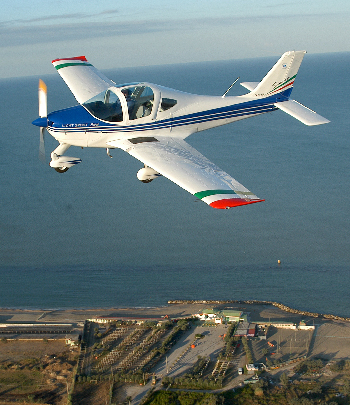Subscriber question:
"I’m familiar with charts showing how stall speed increases with bank angle. But my new CFI says that chart only applies if you’re maintaining altitude. Is that true?" — Colin R.
Ryan:
 “Your CFI is wrong. The bottom line is as long as your vertical speed is constant, a given bank will raise your stall speed the same regardless of whether you’re level, climbing, or descending.
“Your CFI is wrong. The bottom line is as long as your vertical speed is constant, a given bank will raise your stall speed the same regardless of whether you’re level, climbing, or descending.
Start with something we can all agree on: In straight-and-level flight, the lift produced by the wings must offset the weight of the aircraft. The heavier the airplane is loaded, the higher the stall speed because the wings must generate more total lift to counteract gravity.
That’s why stall speed increases in a normal turn. As the wings are banked, some of that lift is deflected horizontally. In order to maintain enough vertical lift to offset weight without descending, the pilot must pull back on the yoke, increasing lift by increasing angle of attack. Or the pilot could increase airspeed to generate more lift at the same AOA, but at least one of the two must happen. In a 45-degree bank, vertical lift must increase by 41 percent. That 1.41-G load factor causes stall speed to increase by about 19 percent. A normal 60-degree banked turn results in a 41 percent stall speed increase.
But what if you’re descending? In a constant-rate descent, vertical lift must still equal weight. If it didn’t, you’d be accelerating downwards (i.e. your descent rate would be increasing). That’s true whether you’re turning or not. So either the pilot must increase AOA in a descending turn or allow airspeed to increase while maintaining AOA. But either way, the total lift must be more than 1G when vertical speed is constant, so stall speed increases the same amount in descending, climbing, and level turns.”
Listen to four all-star instructors share pro tips on stalls, spins, and upsets.
Were you told in training that a stable, descending turn has more stall margin than a level turn of the same bank angle and airspeed?
